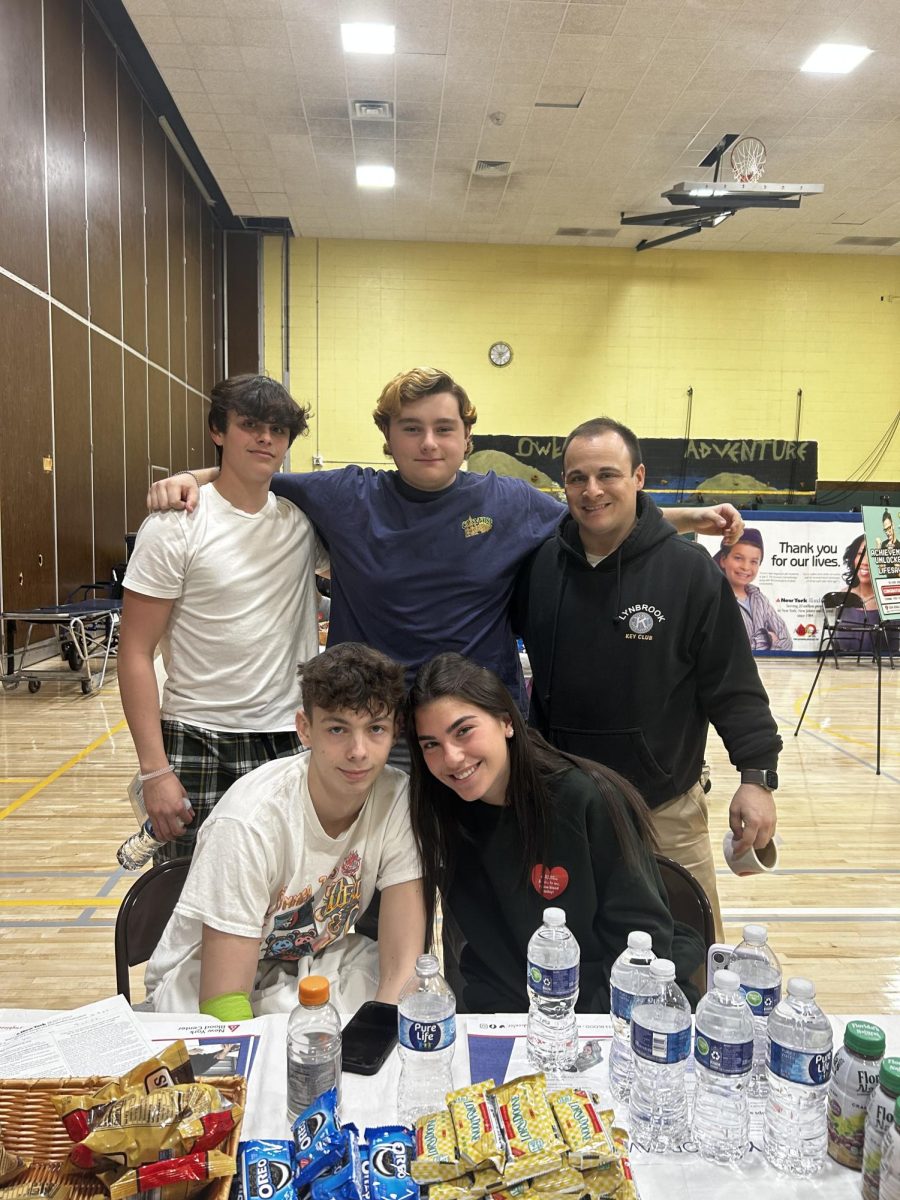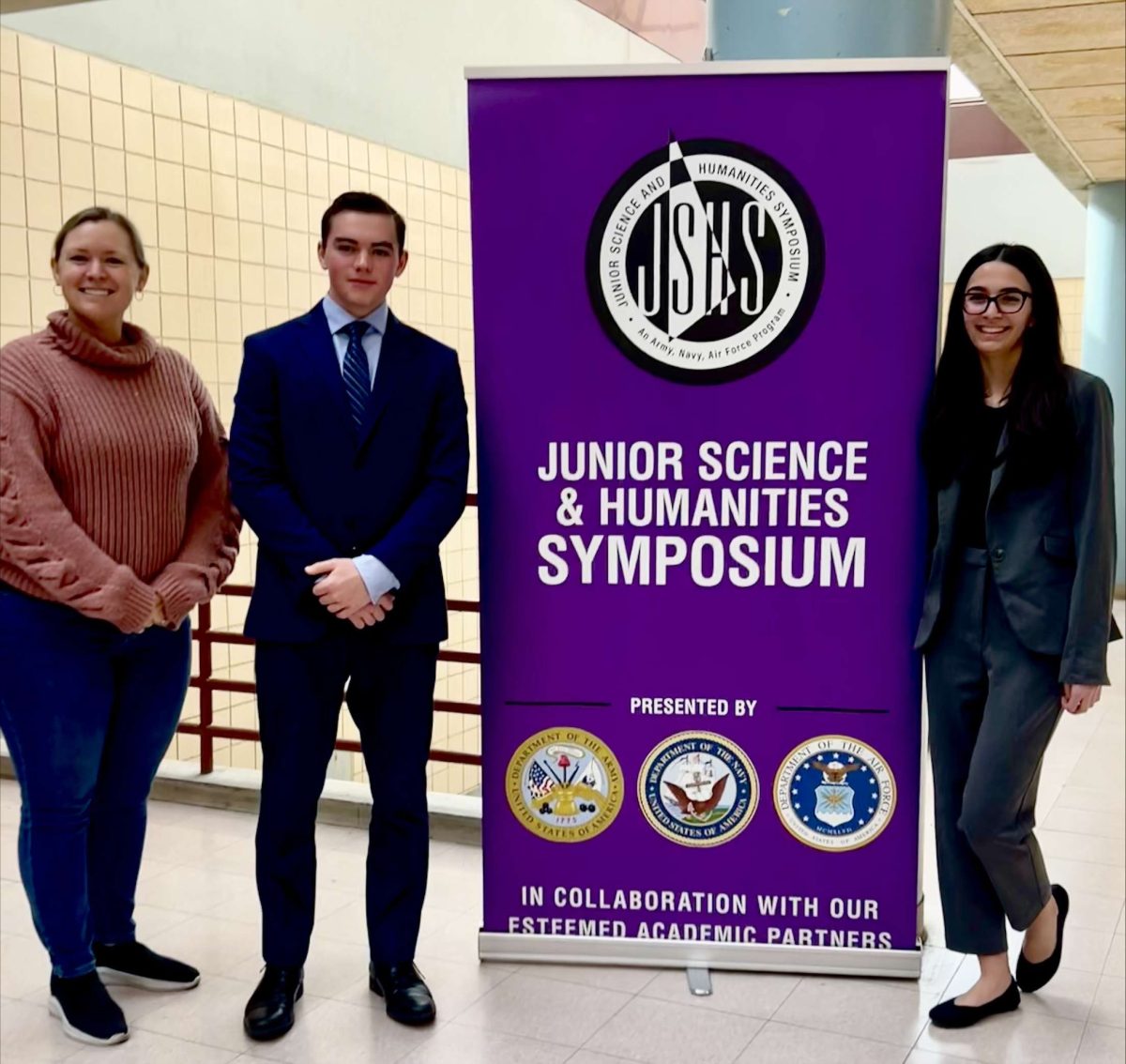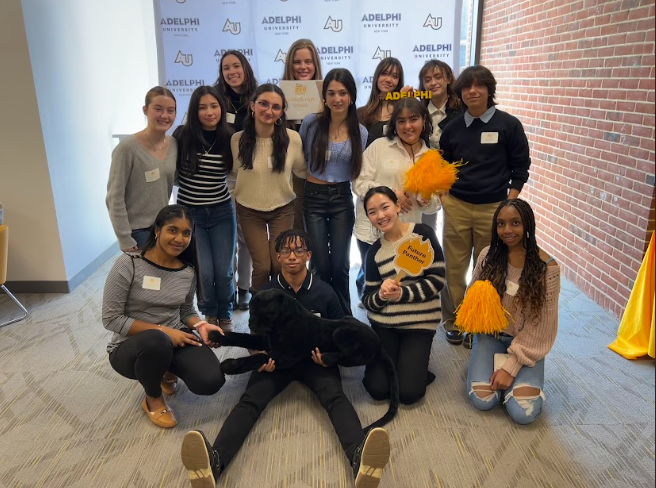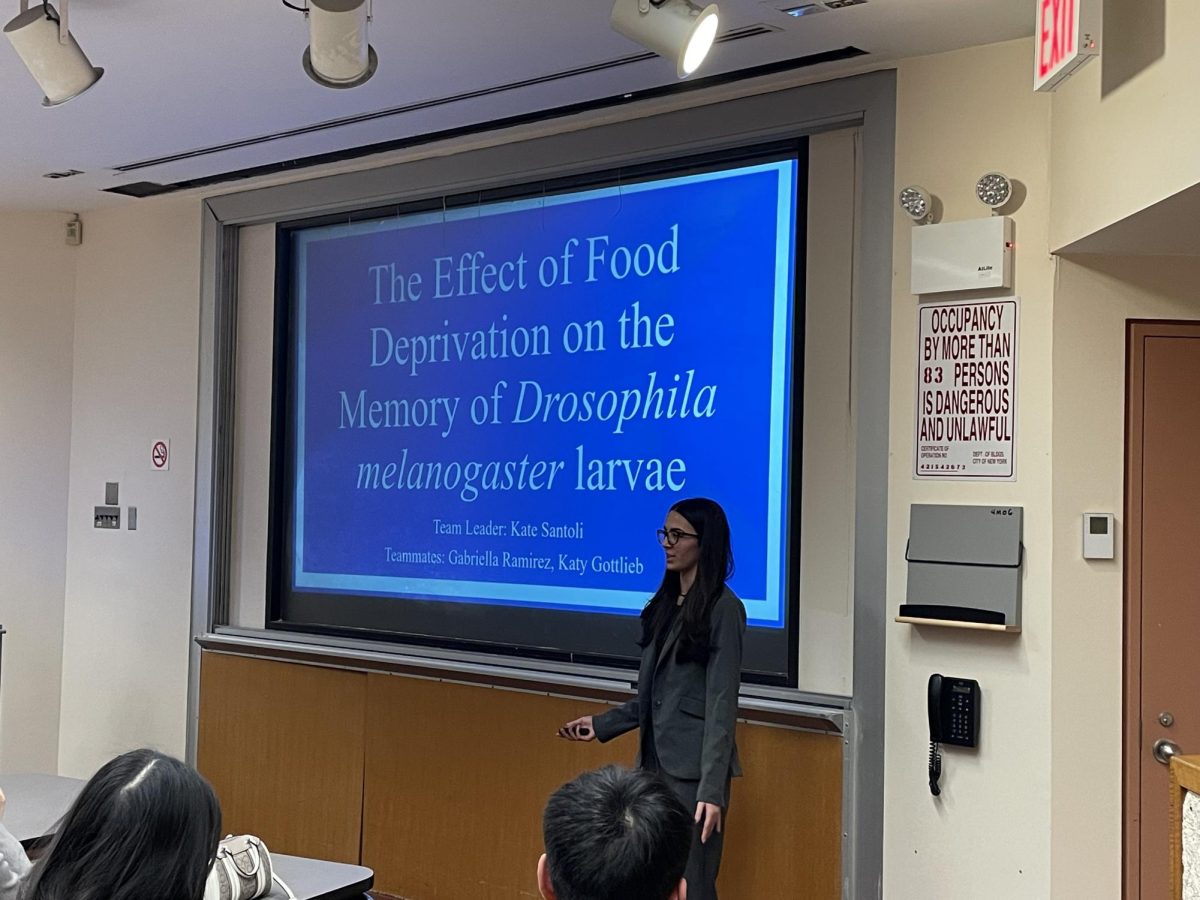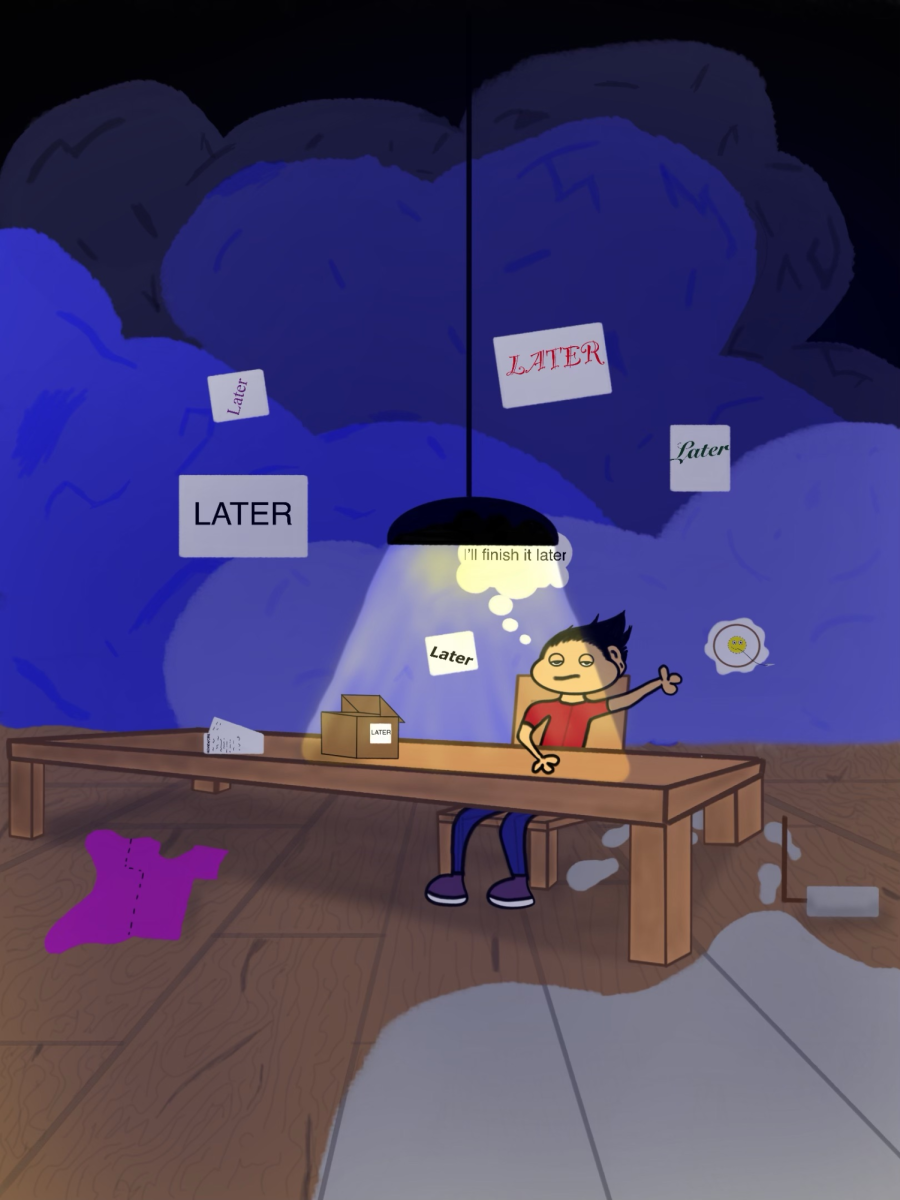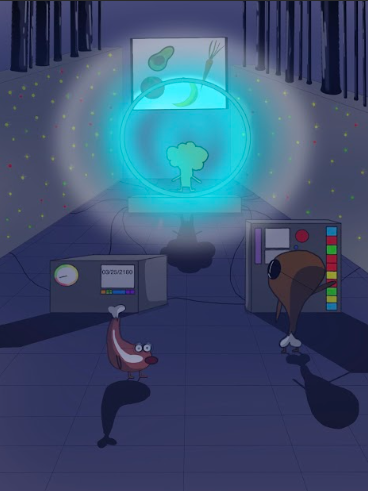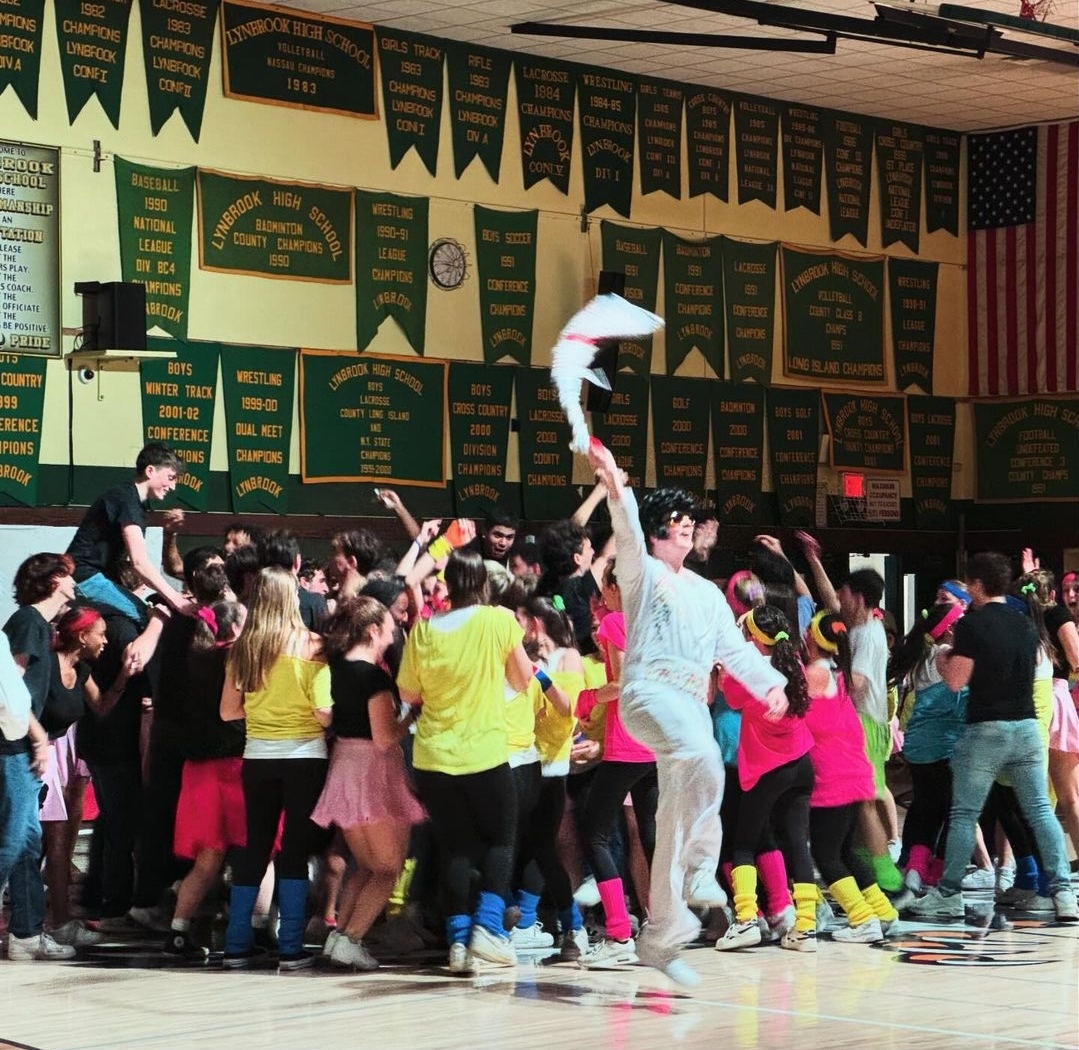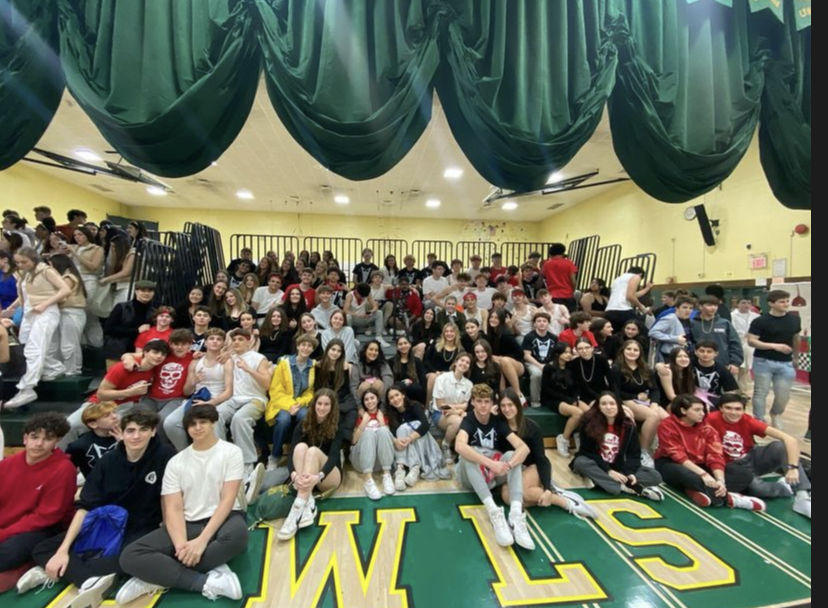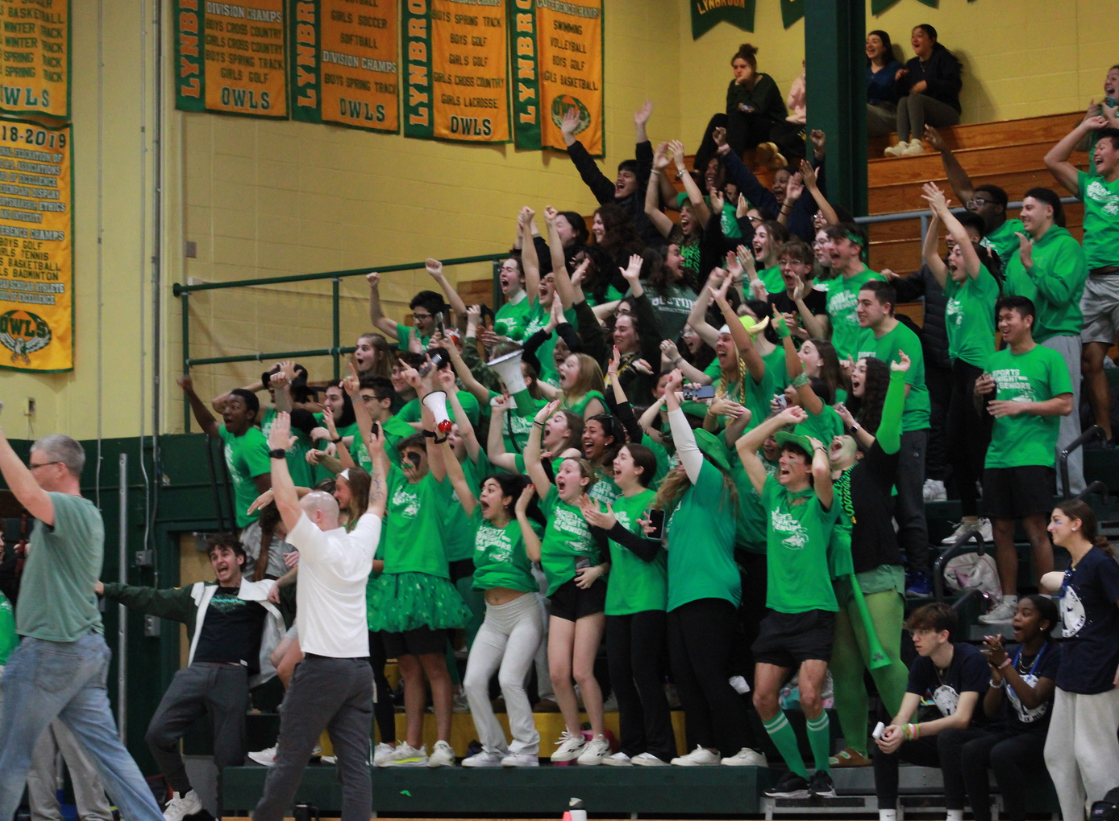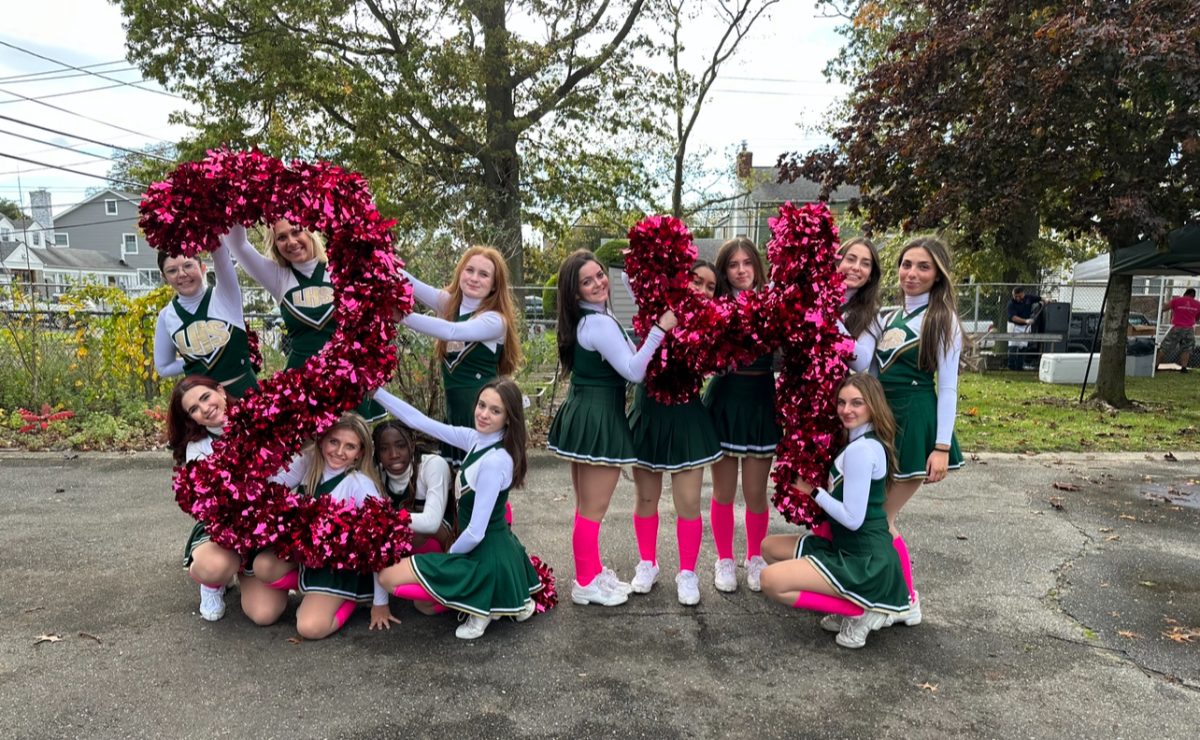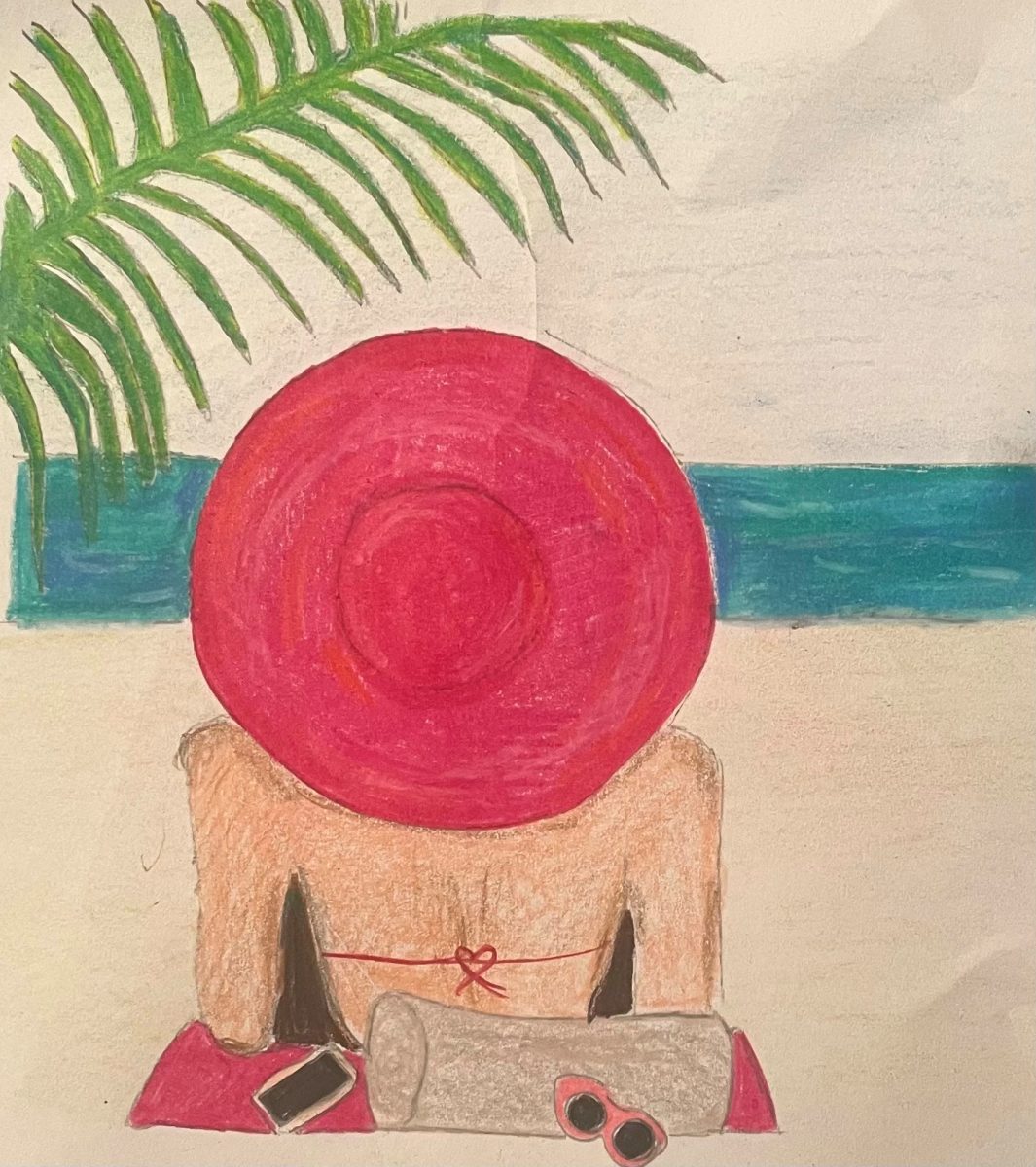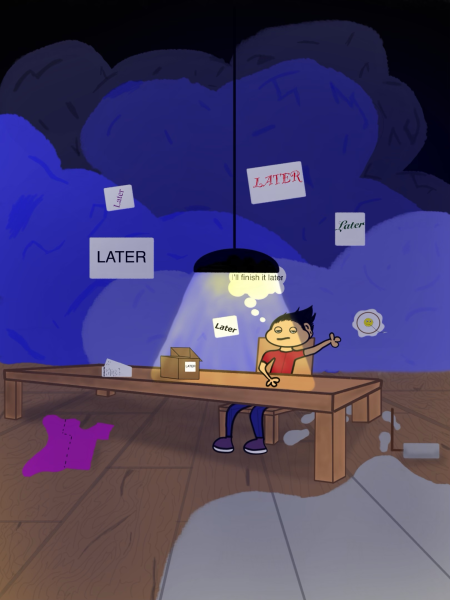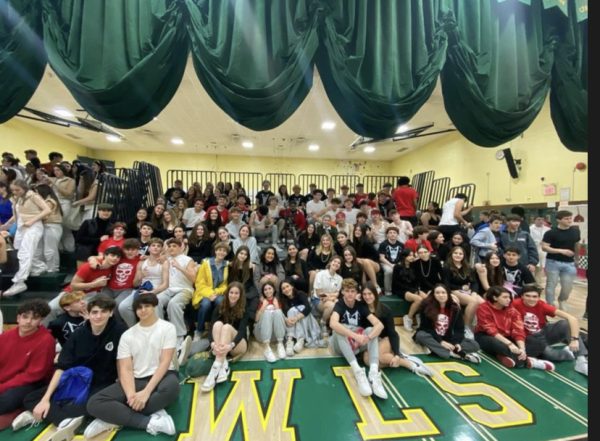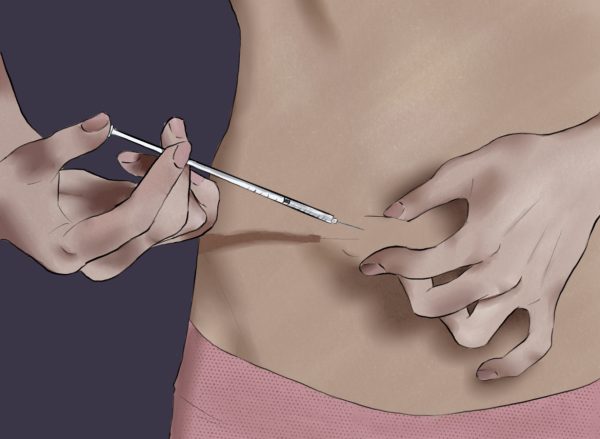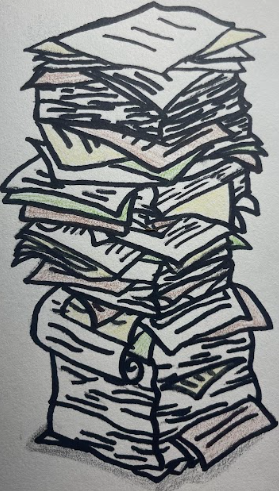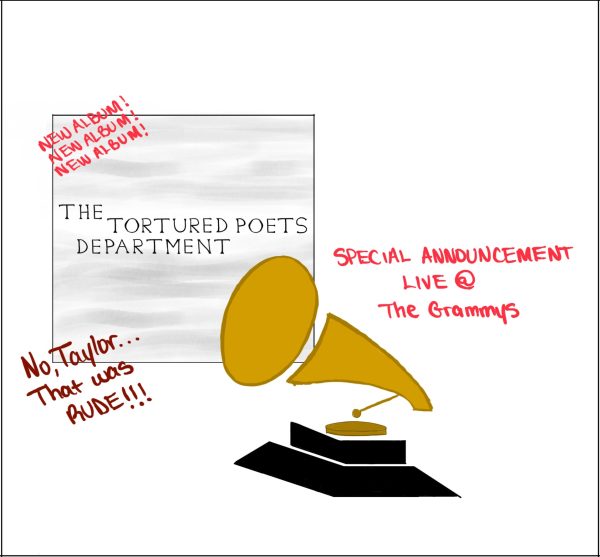13 Reasons Why 13 Reasons Why Season Two Improves

The first season of the immensely popular Netflix series based on Jay Asher’s 2007 novel, 13 Reasons Why, faced extreme condemnation by parents and mental health professionals due to the show’s simplification of suicide. Critics of the first season feared that the show’s glorification of suicide, misrepresentation of help, and graphic depiction of suicide would promote suicidal thoughts among impressionable teenagers rather than prevent the effect suicide has. With the arrival of the show’s second season on Friday, May 18, producers attempted to correct criticisms faced in its first season all while shining a light on important issues experienced by teens. 13 Reasons Why Season Two focused on resolving conflicts that developed in the aftermath of 17-year-old Hannah Baker’s suicide, along with the development of a trial pitting Hannah’s mother, Olivia Baker, against Liberty High School, with claims that the school failed to protect Hannah against her eventual suicide. While the second season was certainly flawed, the show greatly improved in its availability of resources to viewers and depiction of sexual assault.
1. It included trigger warnings: While the series’ first season included cautionary descriptions for episodes containing graphic scenes of suicide and assault, the second season additionally had members of its cast record messages before each episode to serve as an added precaution to warn vulnerable viewers of the dangers that can arise while watching the show. Trauma from situations similar to that faced in the show, such as sexual assault, substance abuse, suicide, and more, may trigger flashbacks; thus, it is important for these individuals to be aware of the show’s content if they choose to watch the series.
2. It provides resources: Often, teenagers experiencing trauma, suicidal thoughts, or depression feel extremely isolated and struggle to find adequate help. Rosanne Bogard, school social worker, states, “It is important to respond to the warning signs. Teens often try to respond to issues themselves, so creating resources can be so helpful.” To address this issue, 13 Reasons Why created a website (13reasonswhy.info) containing links to free, confidential crisis centers, such as the National Suicide Prevention Lifeline, along with a plethora of resources online, each addressing serious topics teenagers may face. This information is stated by cast members both in each episode’s trigger warning video and at the end of an episode.
3. It takes steps outside of the show to support suicide prevention: Executive Producer Selena Gomez tweeted on Tuesday, May 15 that 13 Reasons Why will donate proceeds from the show’s soundtrack to The Trevor Project and Crisis Text Line. The Trevor Project aims to help young members of the LGBTQ community and provides 24-hour crisis hotlines by trained counselors to help people experiencing suicidal thoughts. Additionally, Crisis Text Line allows a person to seek help regarding a significant problem he/she may face by texting with a trained volunteer. 13 Reasons Why’s support of both The Trevor Project and Crisis Text Line demonstrates that while the show may not have correctly portrayed everything it aimed to in its inaugural season, its intentions to amplify suicide prevention have always been genuine.
4. It addresses what to do: While last season failed to demonstrate actions that should be taken in serious situations, the second season provided more examples to help people in need. To elaborate, during school guidance counselor, Mr. Porter’s testimony during the trial, he begins to reflect on how he could have given Hannah more efficient help before she died, rather than letting her leave disheartened after she alluded to have been raped. By showing how to respond to people in crisis situations and experiencing suicidal thoughts, it educates viewers to appropriately tackle these situations when presented, which helps those in need receive the proper aid they seek. Social Worker Samantha Lancaster stated, “It is important for us to be there for each other. Saying: are you serious, or do you mean that, because it’s difficult to predict how people feel.”
5. It shows suicide is not impulsive: 13 Reasons Why further highlighted in its second season the thought process Hannah Baker was plagued with prior to committing suicide. Often, suicide can be mistaken as a rash decision a person makes when experiencing a difficulty, but that is further from the case. In the final episode of the season, Olivia Baker comes to Clay Jenson, who was one of Hannah’s closest friends, with a list written by Hannah that states, “Reasons Why Not.” This demonstrates that suicide is an elaborately thought out, premeditated action, and thus, can be prevented through helpful resources. By displaying the complex thought process Hannah went through leading up to her death, it helps viewers further understand suicide and the struggles people face that lead them to that point. Social Worker Rosanne Bogard states, “It takes a stigma away from suicide and that suicide is real.”
6. It accurately portrays self-harm: The first season of 13 Reasons Why normalized self-harm with Skye Miller claiming that self-harm is what you do instead of killing yourself. Fortunately, the second season’s representation was much more accurate for viewers. Skye is seen engaging in a relationship with Clay Jenson, and he expresses concern after seeing fresh cuts on her body. While beginning a healthy relationship would seemingly make Skye happy, thus demotivate her from harming herself, external factors do not simply rid one of depression as portrayed in the show. Moreover, Clay and Skye begin to fight, and Skye hurts herself shortly after. Skye explains to Clay that he is not the cause of her self-harm and that she was experiencing personal issues that led her to that point. Afterwards, Skye seeks help at a facility to obtain proper aid to battle her issues. Making it apparent that self-harm stems from mental illness rather than environmental factors, along with showing that mental illnesses can be treated by seeking help, is incredibly imperative to educate people on the realities of self-harm.
7. It demonstrates the dangers of substance abuse: Justin Foley was shown experiencing extreme guilt throughout the first season for allowing his best friend to rape his girlfriend; however, in the second season, Justin’s remorse morphed into a heroin-addiction. After being caught by his friend Clay, Justin attempts to undergo withdrawal, which is seemingly achieved, though, through intense difficulty. However, much to the viewer’s dismay, in the final episode, Foley is shown returning to the harmful drug. 13 Reasons Why’s, authentic depiction of substance abuse demonstrates the painful reality faced by addicts and their struggles to avoid relapsing.
8. It truthfully portrays grief: Hannah’s mother, Olivia Baker, struggles to cope with her daughter’s suicide throughout the series and largely aims to preserve any last piece of Hannah. In one scene, Olivia Baker cries as her friend unintentionally washed the blood-stained dress she wore the day Hannah died, claiming it was “all she had left” of her daughter. Portraying the sorrowful, physiological pain parents whose child commits suicide goes through, allows viewers to better relate and sympathize with people experiencing grief. Sophomore Maria Russotti states, “Mrs. Baker’s grieving shows how impactful suicide is and how difficult it is for people in [his/her] life to recover.”
9. It debunks sexism: After Clay Jenson questions why women would hang out with boys like Bryce Walker given their reputation of taking advantage of girls, Sherri Holland is quick to call out the sexist nature of his claim and states, “Girls don’t just get themselves into bad situations. Guys make the situations bad.” Sherri is highlighting the error in a common, victim-blaming notion that it is women’s obligation to protect themselves from rape rather than men’s responsibility to avoid sexually assaulting anyone.
10. It accurately portrays sexual assault: The second season focused largely on the aftermath of Jessica Davis’ rape by popular classmate, Bryce Walker. Jessica struggles to cope with her traumatic rape and is shown experiencing PTSD, as is common with many survivors of sexual assault. Perhaps the most powerful scene regarding sexual assault/rape occurs during Jessica’ testimony against Bryce, where other female characters soon replace Jessica and tell their experiences of abuse. This scene proves very timely considering the eruption of the #MeToo movement in which people share stories of sexual assault/rape to reduce the stigma and start a conversation of the widespread nature of rape. According to a RAINN article (rainn.org) entitled “Scope of the Problem: Statistics,” one out of every six American women has been the victim of an attempted or completed rape in her lifetime. Thus, having each female character share her story of sexual assault helps viewers recognize how frequent rape is and can encourage victims to tell their experiences and seek help if necessary.
11. It explains how women of color are treated differently: While the catalyst of the #MeToo movement aimed for all victims of assault/rape to come forward with their stories, white women highly dominated the conversation. 13 Reasons Why attempted to emphasize this injustice through Jessica Davis’ apprehension to testify against her rapist, as she states, “Hannah was sweet innocent and white and look at what they’re doing to her. I’m not the right kind of victim to go against Bryce Walker.”
12. It shows that rape-culture is evident in the courtroom: Serial-rapist Bryce Walker was given a merely three-month sentence for raping Jessica Davis, largely due to the judge attempting to consider “both sides” of the students’ experiences and explained how both made questionable choices. This victim-blaming sentence mirrors the famous 2016 sentencing of white athlete Brock Turner, in which the ex-Stanford swimmer served a mere three-month sentence after raping an unconscious girl. The judge of this case seemingly justified Turner’s short sentencing by claiming the harm the case had on Turner’s reputation emulates the physiological trauma experienced by the woman who was raped. While the outcome of Jessica’s testimony was certainly unjust, 13 Reasons Why genuinely accentuated the realities rape victims who seek judicial righteousness face.
13. It demonstrates that men can be raped too: While it is women who mostly face the burden of sexual assault, men can and do get raped. In the final episode of the season, Tyler Down is brutally beaten and sodomized with a broom by bullies at his school. While many condemned this scene for being used for “shock value,” sparking an uncomfortable reaction by its audience, this scene greatly highlights the extreme trauma experienced by victims. The show’s creator, Bryan Yorkie, defends Tyler’s assault in a statement to Vulture stating: ”When we talk about something being `disgusting` or hard to watch, often that means we are attaching shame to the experience… This is why victims have a hard time seeking help.” Since male rape is often thought of as taboo, as shown by criticism through Tyler’s rape, rarely do men seek justice over their assaults; thus, portraying male rape can reduce the stigma regarding this abuse and help provide resources for male victims.
Ultimately, while the first season of 13 Reasons Why failed in its intention to accurately portray suicide, the second season exceeded the show’s motives by realistically portraying difficulties teenagers face.
If you or anyone you know is experiencing suicidal thoughts, depression, or coping with trauma, LHS school social workers, Rosanne Bogard ([email protected]), and Samantha Lancaster ([email protected]), are available to help and take all threats seriously. You can also visit 13 Reasons Why’s website (13reasonswhy.info) if you want to speak with a mental health professional.

